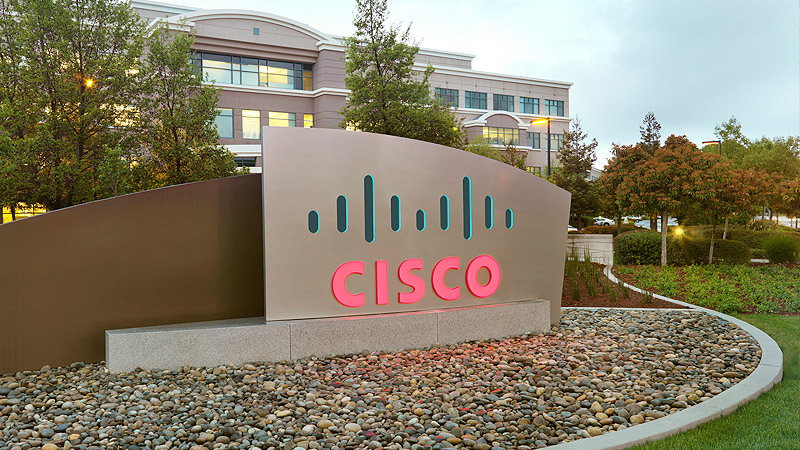SAN JOSE, Calif., April 27, 2006 - Cisco today announced that AQR Capital Management, a dynamic financial firm which provides investment management services primarily for pension funds and other corporate clients, has selected Cisco MDS 9000 Multilayer fabric switches as the basis for their storage area networks (SAN).
Headquartered in Greenwich, CT, AQR is small in staff size with just over 100 employees, but oversees in excess of $20 billion in assets. AQR's research-based business model uses global research, forecasting, and trading processes to manage an array of investments that range from aggressive high volatility hedge funds to low volatility traditional products. The result is an enormous amount of data for the company's size-more than 6 terabytes and growing.
To accommodate data growth and support a more robust disaster recovery plan, AQR decided to invest in a SAN using a dual redundant fabric design that connects the EMC storage to AQR's servers. The new SAN is based on three Cisco MDS 9216i Multilayer Fabric Switches that include dual power supplies. "The east coast power blackout of 2003 increased our sense of urgency," said Jerry Levine, vice president and head of IT at AQR. "Now even the e-mail servers have redundant connections. With all this redundancy, there is not a single point of failure. In the event of any kind of disaster, all the data on our headquarters SAN has been safely replicated to our remote co-located disaster recovery SAN over a pair of OC3 circuits."
To help manage performance and throughput more effectively, AQR deployed the SAN in a tiered architecture that prioritizes connection to the SAN in terms of information value. "If the server is mission-critical, we'll put two connections to the two separate switches in the SAN," Levine explained. "In some cases, if it's not mission-critical, but needs to be directly attached to the SAN for performance and data protection, we'll have one connection. In other cases, we'll use a host-based model. Not every single server needs to be connected directly to the network. One server cluster can be connected to the SAN and it can offer shares to other servers that may not have high data access performance needs. Understanding the requirements of your systems allows you to design customized SAN access that maximizes your investment."
Storage is now much easier to manage, administer, and provision, since storage can be dynamically reallocated as needed. It is also more cost-effective. "With the SAN, we're able to buy and allocate just enough storage arrays for what we need right now, and then easily add more later without having to invest in huge amounts of storage not immediately needed," Levine said. The SAN is also much more efficient for supporting failover clusters, which can be built by simply connecting the designated server pairs into the network without having to buy additional storage.
"When we deployed our SAN we were surprised to learn that our work attracted attention from other financial services groups," Levine concluded. "But it's actually very easy. You don't have to buy monolithic systems; you can start small, like we did, so it's not as complicated or expensive as some people think."



